Lesson 4
Tiny House: Design and Solve
Warm-up: Notice and Wonder: Tiny Houses (10 minutes)
Narrative
The purpose of this warm-up is to familiarize students with tiny houses and encourage them to think about the area of a tiny house, which will be useful when students design a tiny house in a later activity. While students may notice and wonder many things about the images, the fact that the tiny houses are very small and cover small areas are the important discussion points.
Launch
- Groups of 2
- Display the images.
- “What do you notice? What do you wonder?”
- 1 minute: quiet think time
Activity
- “Discuss your thinking with your partner.”
- 1 minute: partner discussion
- Share and record responses.
Student Facing
What do you notice? What do you wonder?
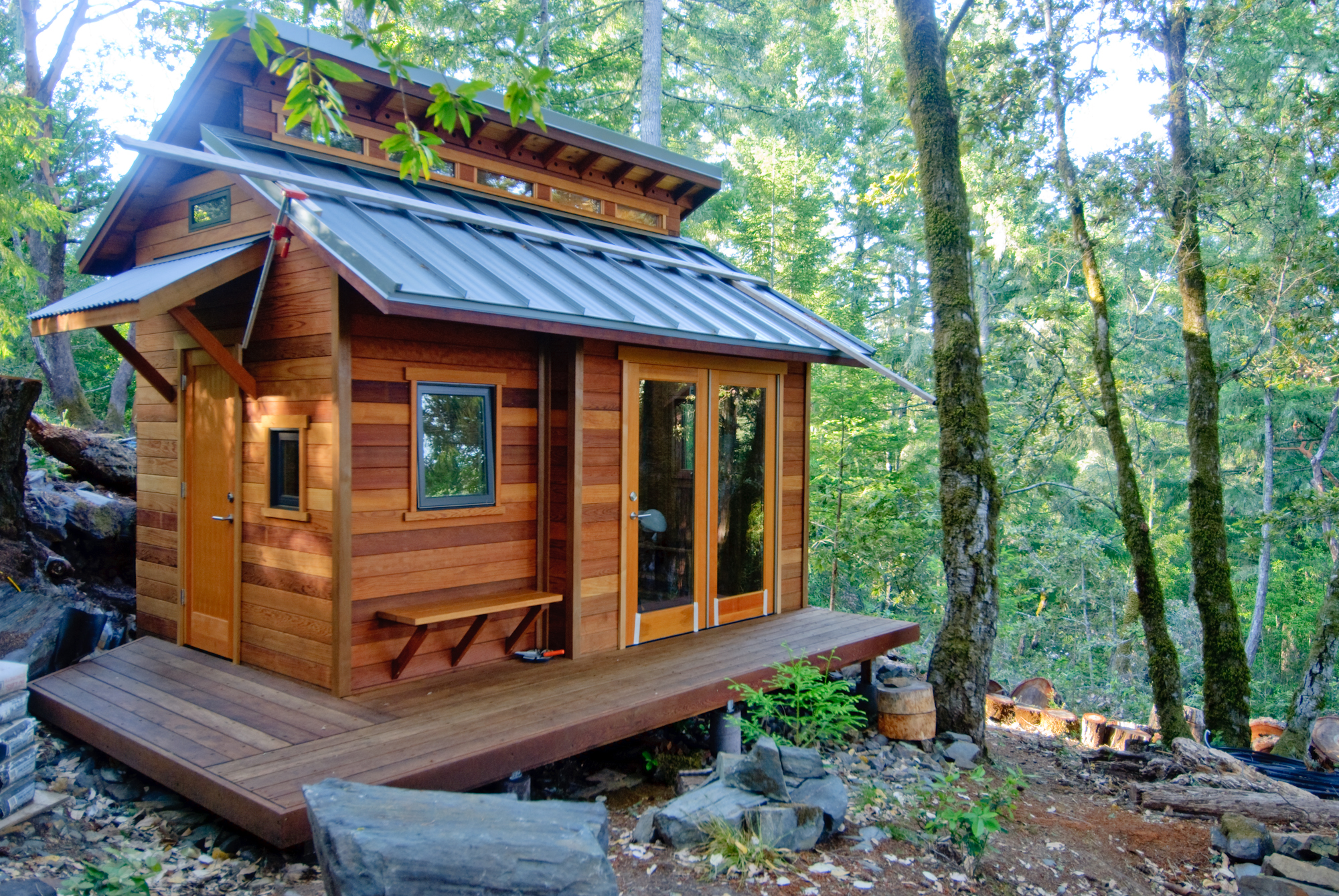
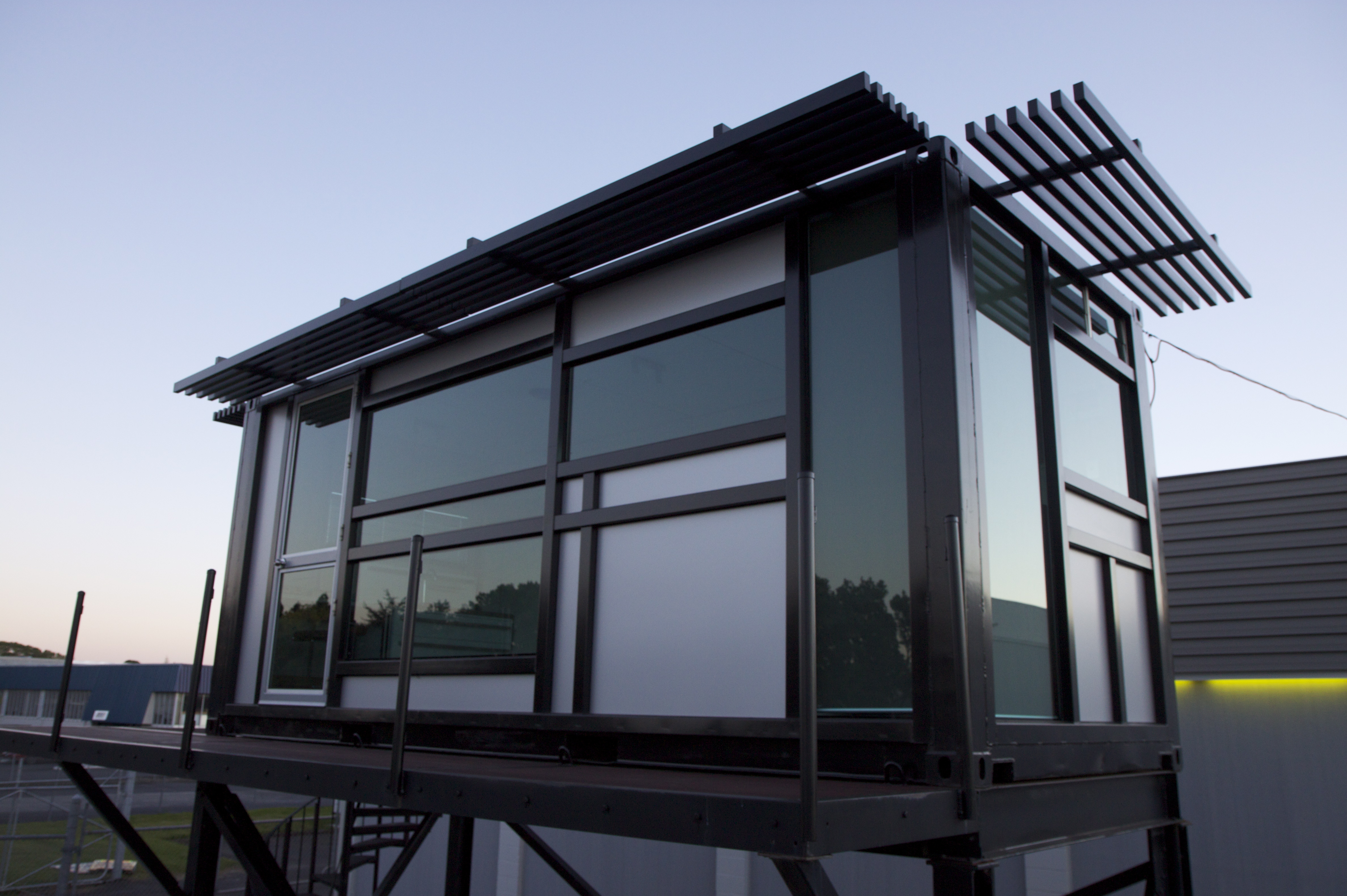

Student Response
For access, consult one of our IM Certified Partners.
Activity Synthesis
- “These are all types of tiny houses, which are houses that are usually under 400 square feet. What might be some reasons for choosing to build or live in a tiny house?” (It is less expensive to build. It works for those who live alone or don't want a lot of space. It is good for the environment because it takes up less space in nature.)
- “Tiny houses come in many forms or types. Some are small cabins, but some are built out of shipping containers and even school buses (as in the last image).”
- “What could be some advantages of each type? What could be some disadvantages of each type?” (A shipping container would be strong, but it could rust and could be challenging to create windows and doors. A cabin would be kind of like building a regular house. You could have 2 stories and you could make it bigger, but some people might not like the look of a cabin. The school bus is mobile, so you wouldn’t have to stay in one spot, but there are a bunch of windows, so you would have to cover some.)
Activity 1: Design a Tiny House (25 minutes)
Narrative
The purpose of this activity is for students to choose a type of tiny house and design the spaces inside it by partitioning the rectangular floor plan into smaller areas. The synthesis provides time to share and ask questions about each others’ designs.
As students design the different living needs for their home, thinking about the amount of space needed for each part and the available space, they model with mathematics (MP4).
Advances: Speaking, Conversing, Representing
Supports accessibility for: Attention, Visual-Spatial Processing
Launch
- Groups of 1-4
- Display the images.
- “The second image is a drawing that we could use to show the layout of the school bus. How are the images the same? How are they different?” (They both show the furniture like the driver’s seat and the couch. The picture is taken from inside the bus, but the drawing shows what the inside looks like if we're looking at it from above.)
- 1 minute: partner discussion
- Share responses.
- “You can work independently, in partners, or in a small group to design your tiny house. Independently or with your group, read the details of the choices you have for your tiny house and choose one. Be prepared to explain your choice.”
- 2–3 minutes: independent or group work time
- Share responses.
- Consider asking: “What is the area of the house type you chose?”
Activity
- “Partition the type you choose into different rooms. You’ll have time to include furniture, labels, and other details so others can understand your plan for a tiny house.”
- 10–15 minutes: independent or group work time
Student Facing
Here is an image of the inside of a converted school bus.


-
Choose the type of tiny house you will design. Be sure to consider the advantages and disadvantages of each type and how you’ll use the area.
shipping container
cabin
school bus
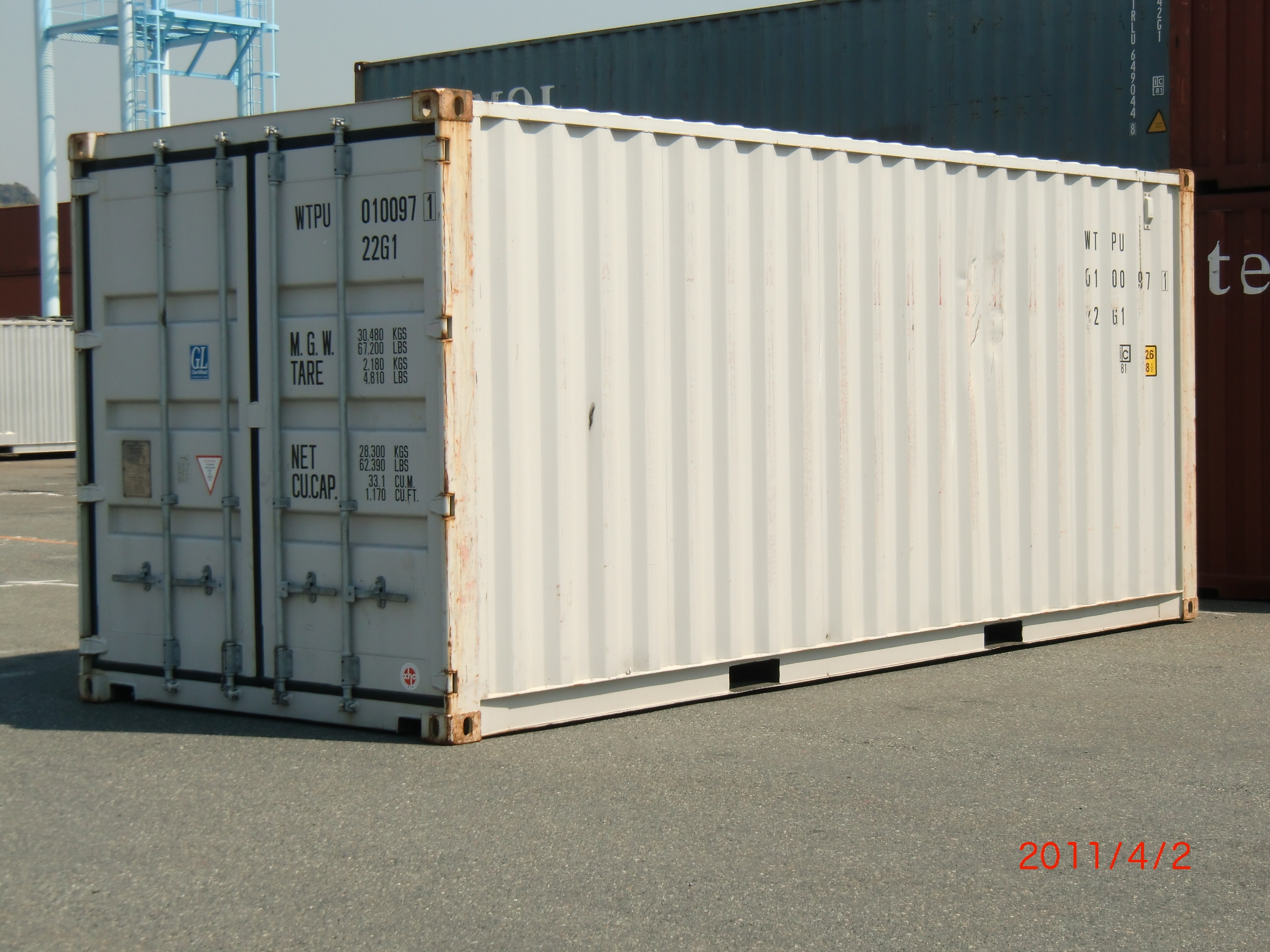
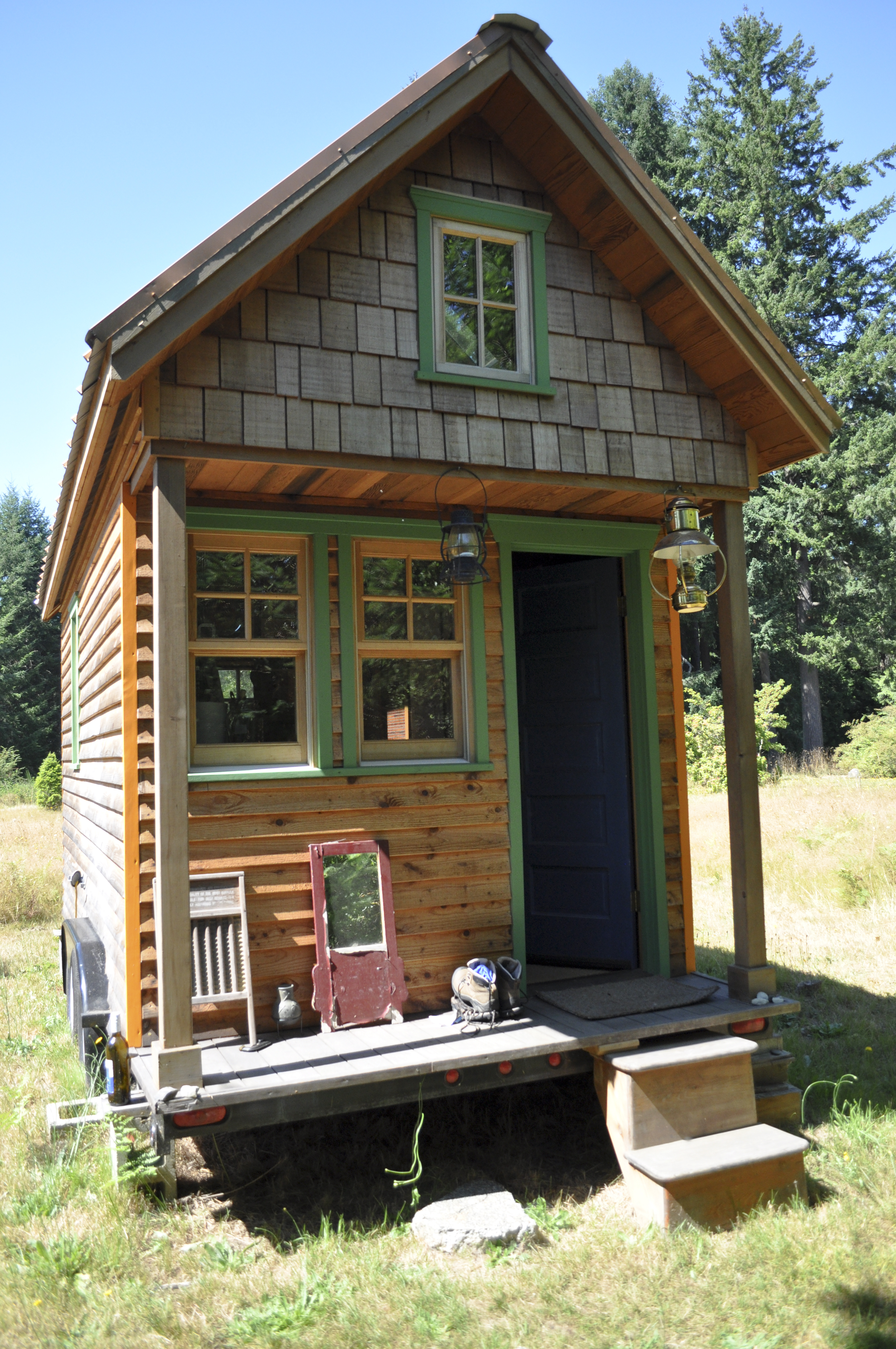
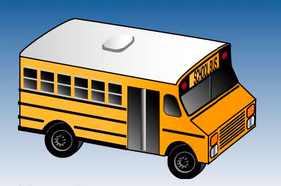
8 ft x 20 feet
8 ft x 10 feet downstairs
8 ft x 8 feet upstairs7 ft x 14 feet
downstairs
upstairs
- Create a design for your tiny house. Be sure to include:
- different rooms
- windows and a door
- furniture and any other details you think are important
Student Response
For access, consult one of our IM Certified Partners.
Advancing Student Thinking
- “Tell me about how you decided on the amount of space you included for ________.”
- “How could we use a yardstick (or a ruler, or a tape measure) to get a sense of the size of the space?”
Activity Synthesis
- Display the student designs around the room.
- Ask half of the students to stand with their design and share their ideas or answer questions as the other half of the class visits their designs.
- 2–4 minutes: students visit designs
- Remind students to move to a new design after 2 minutes if they haven’t already, so they see at least a couple of designs.
- Switch student roles and repeat.
Activity 2: Ask, Revise, and Answer (15 minutes)
Narrative
The purpose of this activity is for students to generate questions involving area and perimeter that can be answered with their tiny house design (MP2). To confirm that their questions make sense and can be answered with their design, students work with a partner to answer their own questions before posing the questions to others (MP3).
Required Materials
Materials to Gather
Required Preparation
- Each student needs the tiny house design they created in the previous activity.
Launch
- Groups of 2
- “Work independently to write two questions that could be answered using your tiny house design. One question should be about area and the other about perimeter.”
- 3–5 minutes: independent work time
Activity
- “Share your questions with your partner and answer them together. Revise your questions if needed.”
- 5 minutes: partner work time
- “Find a new partner and answer each other’s questions. Be sure to share your tiny house design with your new partner.”
- 5 minutes: partner work time
Student Facing
- Write two questions about your tiny house design:
- one question that involves area
- one question that involves perimeter
- Work with a partner to answer your own questions about your tiny house design. Make any revisions to your questions if needed.
- Find a new partner. Answer their questions about their tiny house design.
Student Response
For access, consult one of our IM Certified Partners.
Activity Synthesis
- See lesson synthesis.
Lesson Synthesis
Lesson Synthesis
Invite a student to share their questions and ask their partner to share the answers.
If time permits, consider asking:
- “What was something you noticed about the designs you saw today?” (A lot of the designs used rectangles to make the rooms. A lot of the bedrooms were the same size so they could fit a bed. Other students were really creative with how they used the space.)
- “What was something you wondered about the designs you saw today?” (What do designs look like from people who build these houses? How do designers fit all the parts of a house into such a small space? Are there tiny houses that are a little bigger to include more things? Where can I learn more about building tiny houses?)
Cool-down: Area and Perimeter (5 minutes)
Cool-Down
For access, consult one of our IM Certified Partners.



